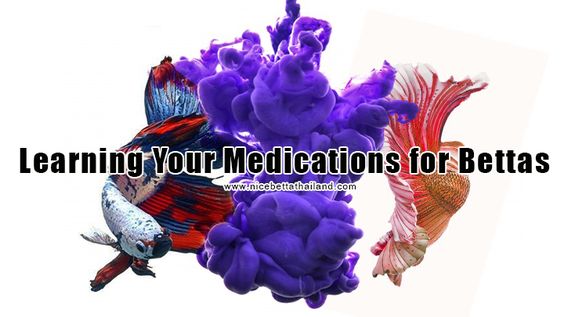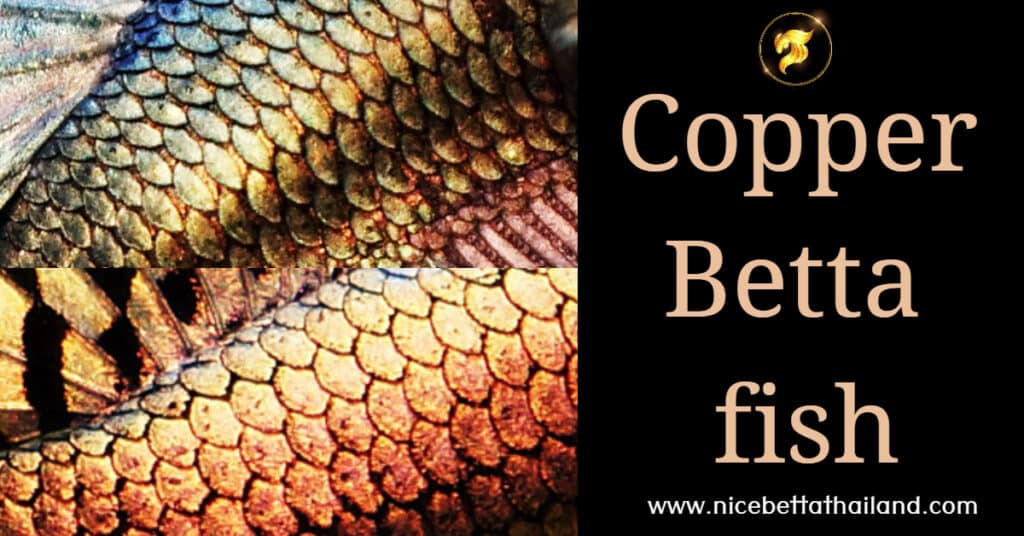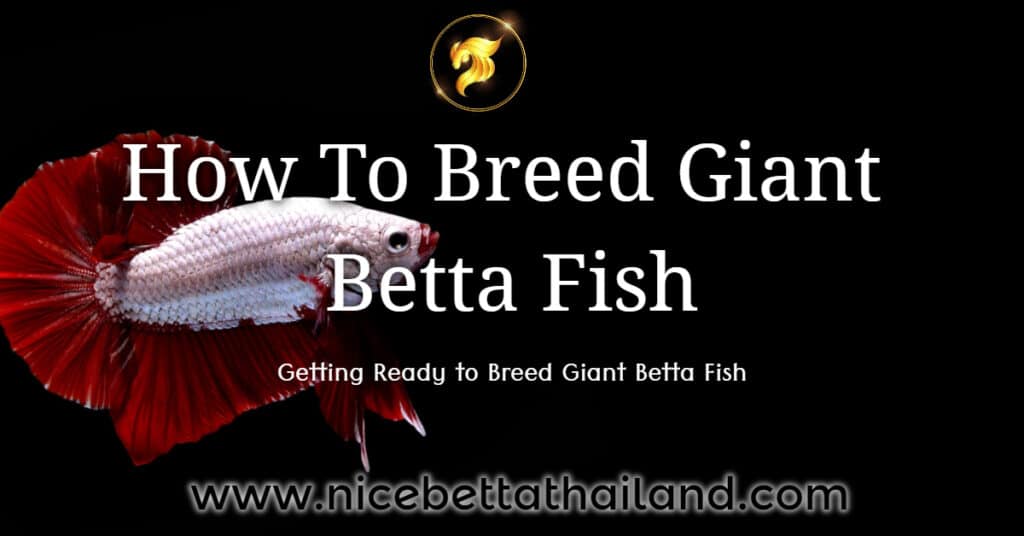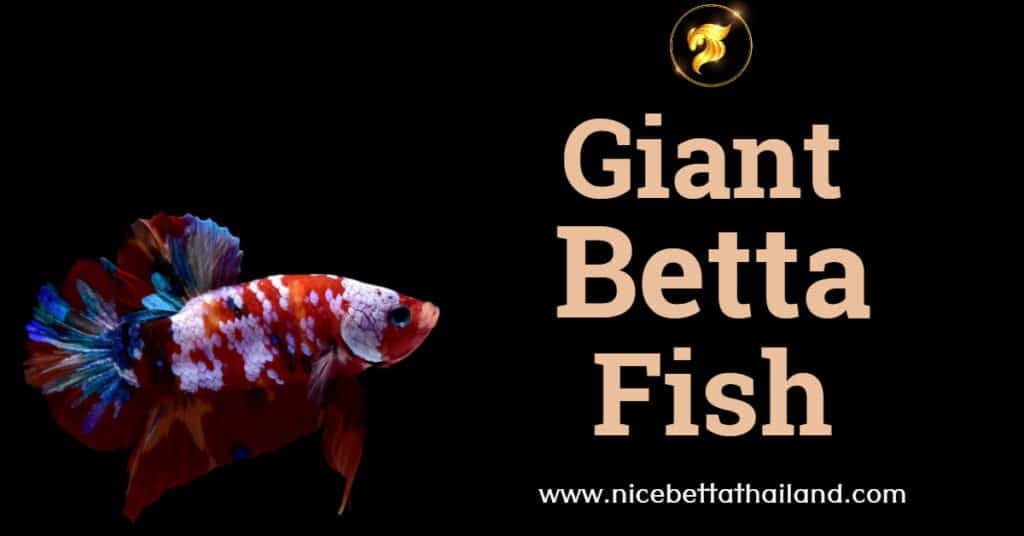Let’s know Medications for Bettas. Yet again because of PM’s I have posted this for you. You will find it covers most betta fish medications and is geared to bettas.
Before ANY treatment, check these parameters and ask yourself these questions:
- Ammonia; this should be 0, if not this should be corrected by water changes
- Nitrites; this also should be 0
- Nitrates; this should be under 40-50 ppm for most betta fish,
- kH, Calcium, and electrolytes; for many betta fish this should be 60-80 ppm
- pH; often aquarists worry too much here (a steady KH maintains a stable pH) for bettas you will be at 6.0 – 7.0
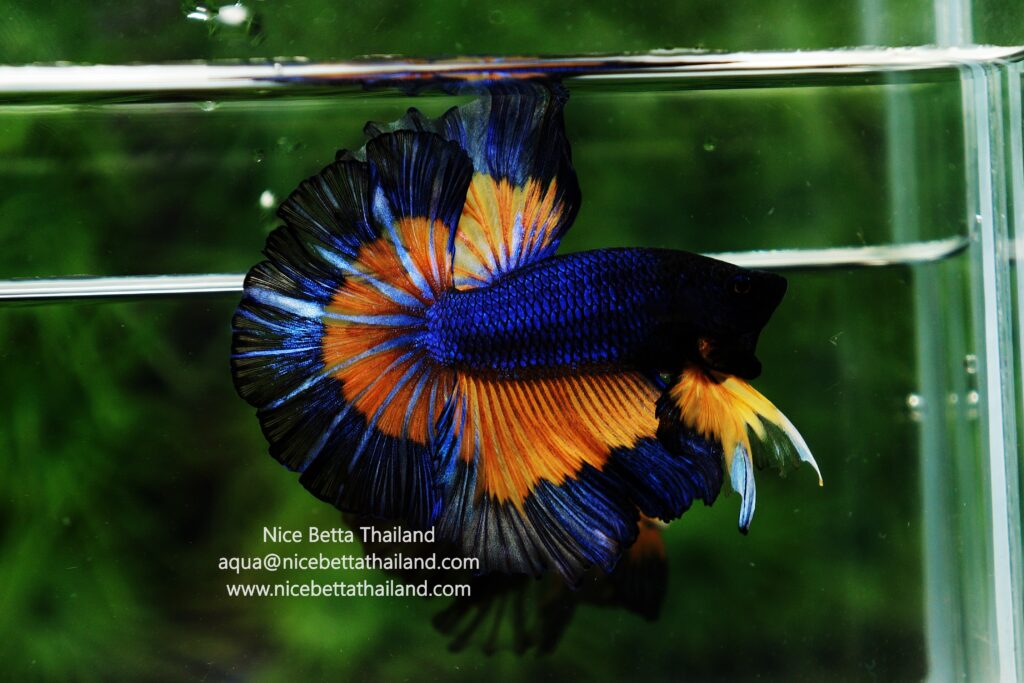
LEASE NOTE, this is a basic betta Medications article only.
If you need expanded information about any of these medications or ones that are not even in this article, please just contact me at our aquaculture farm here in Thailand.
Now I would like to address the common anecdotal comments made by many people about the harmful side effects of betta fish medications. While almost every medication has some side effect which can harm or kill a fish, it is only over use or misuse can result in harm. Even in human treatments, what can cure can also harm so ask questions or research first.
A comment often stated all over the internet is the use of antibiotics will kill your nitrifying bacteria.
While this is true, it is ONLY true with new bio filters with many antibiotics (newly established aquariums). This only can happen with gram positive antibiotics or over use of others.
Although true nitrifying bacteria (Autotrophic bacteria) are gram negative, these bacteria are seriously impacted by gram positive rather than gram negative medications, possibly due to the bio films they produce (but the answer is not clear).
People need to understand the majority of aquarium infections are gram negative. So, the use of gram negative antibiotics such as Kanamycin (which is primarily gram negative) have a lower risk of a nitrifying bacteria die-off than when used properly/carefully in an established aquarium.
Some antibiotics are more mixed such as the Tetracycline families which are often equally divided such as Minocycline. However, Tetracycline Hydrochloride is primarily gram positive.
An example of medication overuse: Kanamycin Sulfate, this antibiotic can be very harmful on the Kidneys, HOWEVER this is one of the better kidney disease treatments available over the counter for fish. You just do not want to abuse or over use it.
Another example is Malachite Green. This has been shown in studies to be carcinogenic when used in large quantities.
Yet in studies using this chemical at established therapeutic levels, Malachite Green has not shown to pose this danger.
Here’s another of piece medication misinformation or what I consider jumping to stupid non-science orientated conclusions. In this area of two products by API; Melafix and Pimafix have recently fallen victim to well informed aquarists and forums making assumptions based on poor scientific method.
I recommend reading page four of this article specifically dealing with these treatments:
ORGANIC TREATMENTS, Melafix, TTO, Pimafix, Usnea.
Basically, I have read aquarists in forums stating Pimafix should not be used due to Clove Oil being in this product, however this is the same as stating a human should never use Tylenol as over use (especially with alcohol) can lead to liver failure.
If any problems have happened (I have never had an issue in 100’s of correct uses) it is not likely used properly with normal water changes between doses (which I recommend with all medications).
Melafix has been blamed for the death of Labyrinth/Pencil fish, which I am not doubting the sources (such as Fish Lore) are reputable, but since I and others have conducted tests with Melafix at double dose with Labyrinth fish with no ill effects, I think we have to look scientifically at what the trigger may be because it for sure is not this product.
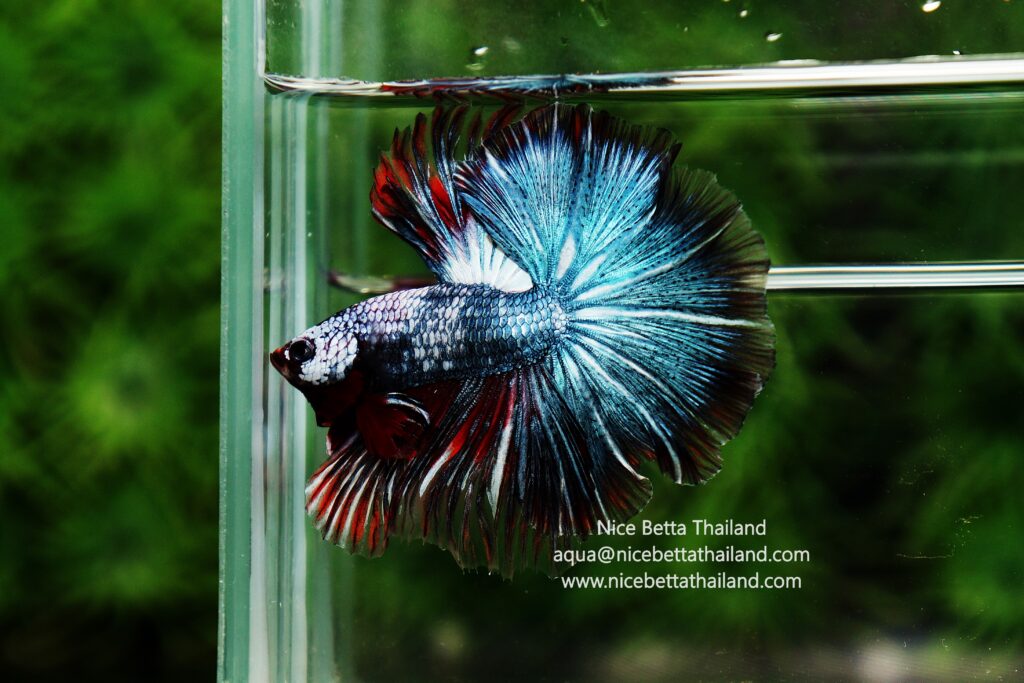
Making False Assumptions when Medicating
This is similar to the section above, however here I’m referring to aquarium and pond keepers use of medications vs. the previous section dealing with anecdotal advice.
A good example is the use of Erythromycin or Melafix for treating Columnaris which is gram negative and then assuming your use of Erythromycin cured this ailment when laboratory tests prove this impossible.
What likely happened is some other part of your tank maintenance procedure took care of this opportunistic infection OR quite simply your fish did not even have Columnaris, rather Streptococcus or FNT Disease or other gram-positive diseases.
Changing water or otherwise improving water conditions can often allow a fish overcome an opportunistic infection (such as Aeromonas). This easily allows the aquarium keeper to assume that a treatment cured his/her fish.
My point is that this hobby is often driven by anecdotal assumptions and not aquaculture science I would like readers to avoid by thinking more scientifically.
A controlled study of medication use would include control groups, exact maintenance/water change procedures and more to keep different medication tests accurate.
Obviously the aquarium or pond keeper when confronted with sick fish does not have time or multiple aquariums/ponds to perform these tests.
However, with that being said, by changing water before treatments (even before each additional treatment), keeping water parameters where they should be for the fish kept, and knowing what each treatment method can and cannot effect, as well as proven/known effective treatments for bacterial & parasitic pathogens can allow an aquarist to know when an infection treatment is the best possible to utilize.
So please understand the importance of healthy water parameters and knowing what a medication can and cannot due rather than listening to or making your own anecdotal assumptions.
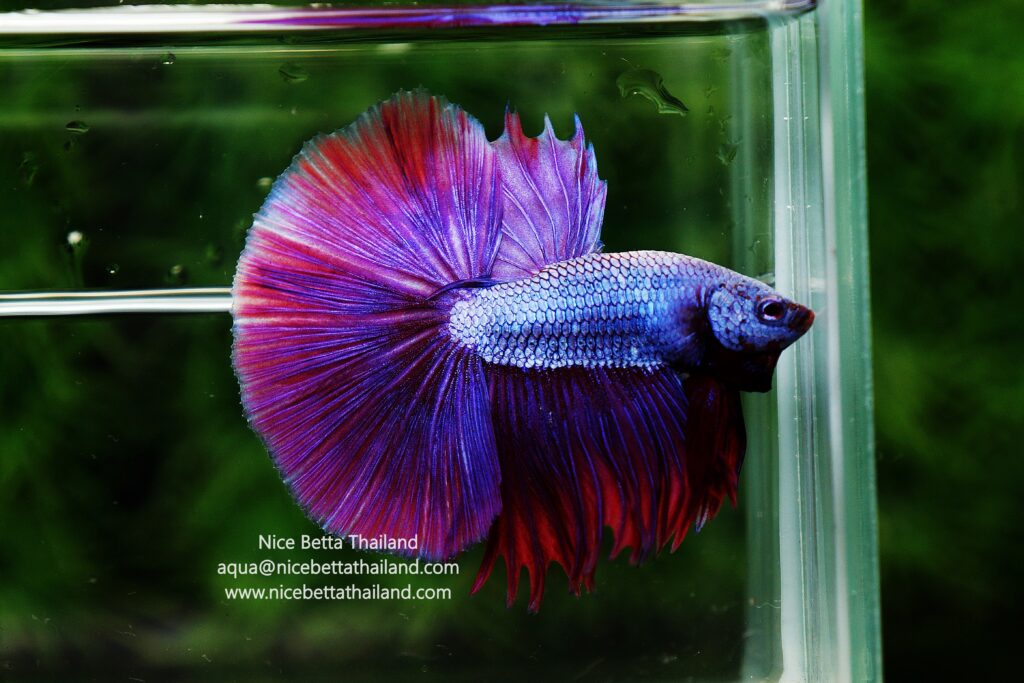
Contraindications (& Medication Mixing)
What are “Contraindication”?
Wikipedia: “In medicine, a contraindication is a condition or factor that serves as a reason to withhold a certain medical treatment
Some contraindications are absolute, meaning that there are no reasonable circumstances for undertaking a course of action
Other contraindications are relative, meaning that the patient is at higher risk of complications”
Knowing some of these contraindications will help determine whether it is advisable or at all safe to mix certain medications or chemical treatments. As well, the mix of medication and volume depends on the disease you are trying to treat and the inhabitants of your tank.
Here are some examples of medications that can or cannot be mixed:
Tetracycline, NEVER mix Tetracycline with any other medication. The reason for this is that it is a very harsh treatment and lowers the red blood cell count in your aquarium fish.
Potassium Permanganate can be mixed with salt ONLY and is used to aid in the treatment of external parasites such as Anchor Worms.
Triple Sulfa can be mixed with Paraguard as it aids with secondary infections and lowers the ricks of infections caused by the irritation of malachite green with certain sensitive fish such as Cory Catfish or Clown Loaches.
Paraguard, Furan 2, and Kanaplex can be mixed and this combination aids in the treatment of a wider spectrum of diseases.
These are the medications I find work well for internal infections/infestations when soaked in a fish food “slurry”;
Metronidazole, Neomycin, Kanamycin, Oxytetracycline, Piperazine, Praziquantel, and Levamisol.
Be careful of over use of Kanamycin in a fish food delivery; do not use for more than 7 days or kidney damage could result, otherwise up to 10 days for the other suggested medications.
For internal gut infections that often result in bloating or swim bladder infections, I have found the combination of Metronidazole with Neomycin to be most effective since one is effective against aerobic while the other is effective against anaerobic bacterium.
Please be aware that often swim bladder infections have an osmoregulation factor involved too so failure to address this such as poor mineral Cation levels can make successful treatment often impossible.
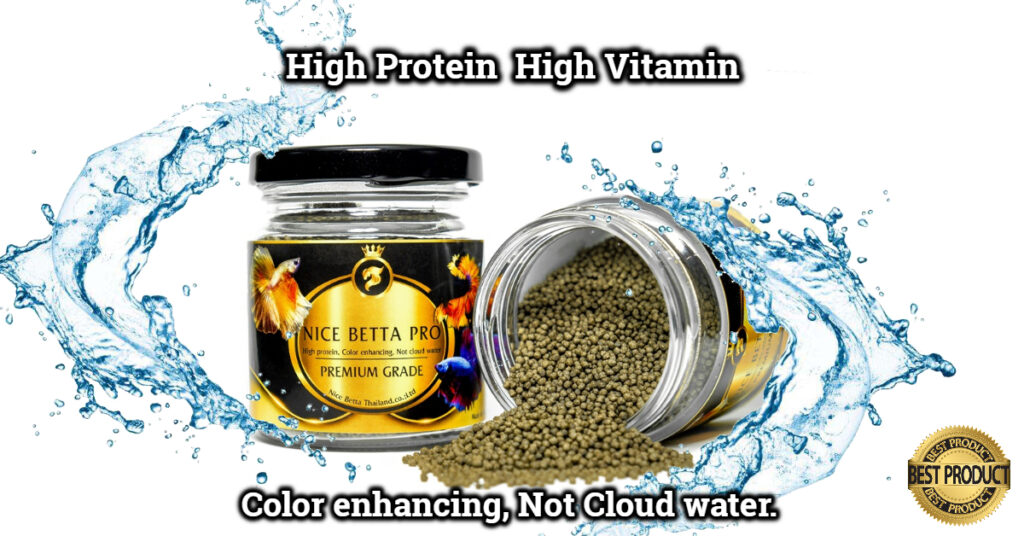
Here are some Gram-Negative Bacteria
- Aeromonas (anaerobic)
- Furunculosis; Aeromonas-salmonicida (anaerobic)
- Flavobacterium (Columnaris) (aerobic)
- Pseudomonas (aerobic)
- Streptobacillus (anaerobic)
- Salmonella (anaerobic)
Aerobic Chemolithotrophic Bacteria
Nitrifying bacteria
- Nitrobacteraceae (aerobic)
- Nitrobacter (aerobic)
- Nitrococcus (aerobic)
- Nitrospina (aerobic)
- Nitrospira (aerobic)
- Nitrosococcus (aerobic)
- Nitrosolobus (aerobic)
- Nitrosomonas (aerobic)
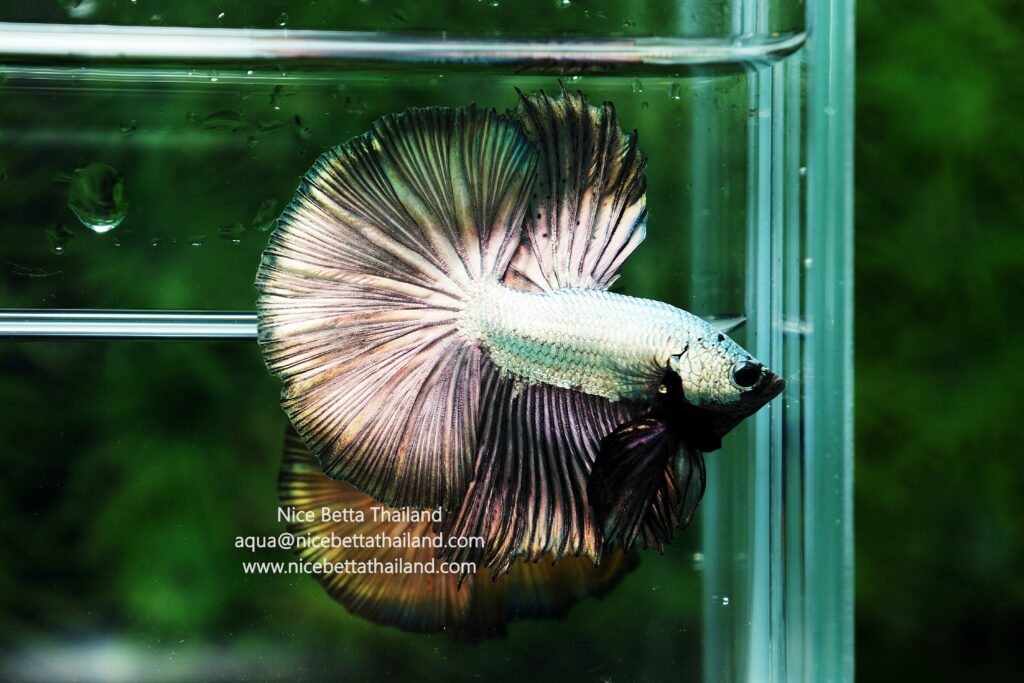
Anaerobic Chemotrophic Bacteria
- Erythrobacter (anaerobic)
- Cyanobacteria (Oxygenic Phototrophic)
Gram-positive bacteria do not always cause a disease in the host organism and have a very thick cell wall.
Gram positive infections are less common in fish (or aquaria in general). These are the bacteria that retain a crystal violet dye during the Gram stain process.
Here are some Gram-Positive Bacteria
- Mycobacterium (aquatic tuberculosis)
- Streptococcus (Pyogenic Hemolytic Streptococci, Oral Streptococci,Enterococci, Lactic Acid Streptococci, Anaerobic Streptococci)
- Pseudonocardia (anaerobic)
- Staphylococcus (aerobic)
Of the above bacteria noted, Flavobacterium (Columnaris), Vibrio, Aeromonas, & Pseudomonas cause the vast majority of diseases in aquariums/ponds AND these are gram negative. It should also be noted that Aeromonas and Vibrio are generally anaerobic, so keeping a well circulated/oxygenated aquarium or pond is important for their prevention and treatment.
Mycobacterium is an occasional problem that is gram positive.
I have cited much of the information for this section from this source:
Classification of Bacteria
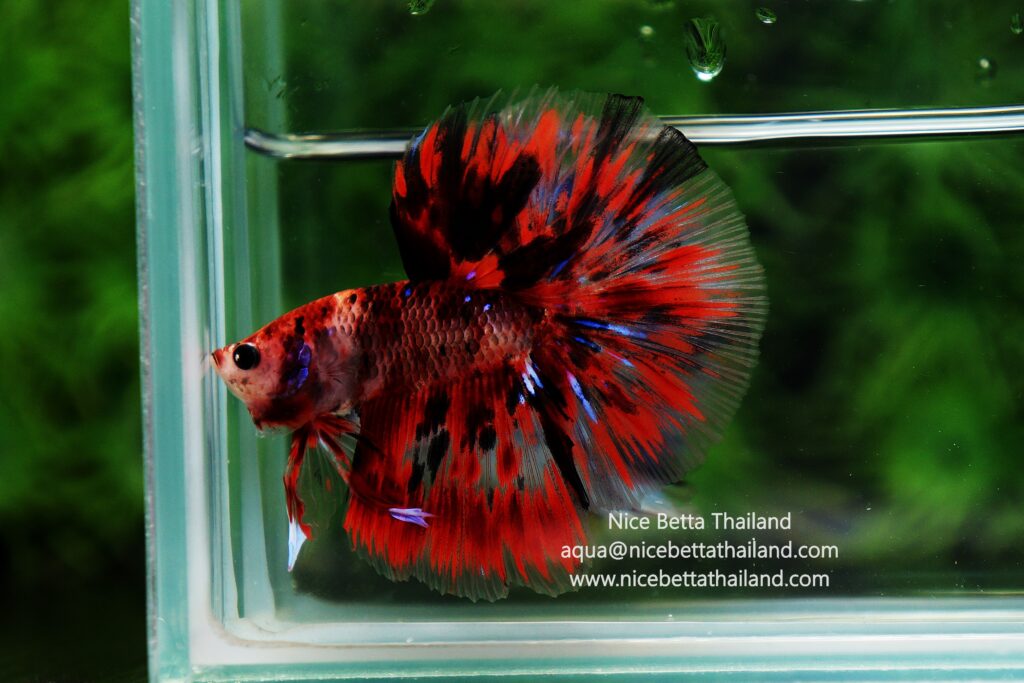
How to Make a Percent-% Solution
Sometimes it is necessary to mix your own chemical solutions such as Methylene Blue, Malachite Green, Potassium Permanganate, etc.
Simply put– to make a 1% Malachite Green aqueous solution, use a 100 ml bottle. Then add 1 gram of Malachite Green to your bottle and bring the volume up to 100 ml.
As another example, to make a 2.30% Methylene Blue aqueous solution, use a 100 ml bottle, then add 2.3 grams of Methylene Blue to your bottle and bring the volume up to 100 ml.
See this equation:
% solution = (dry mass in grams / volume in ml) * 100
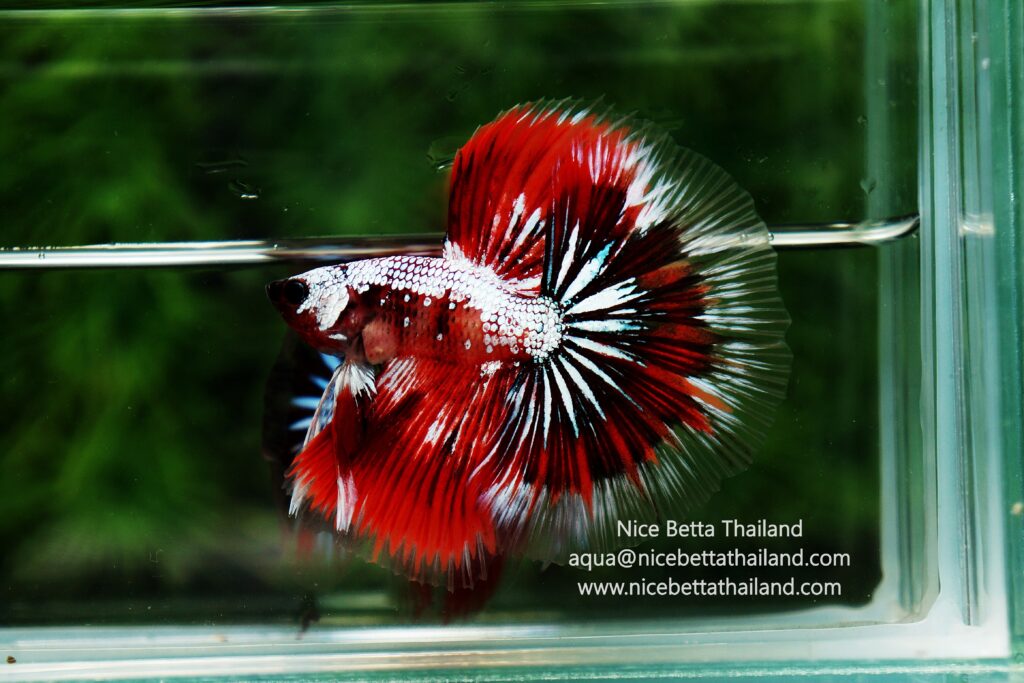
And now on to the good stuff!
TRIPLE SULFA (Sulfamerazine, Sulfamethazine, Sulfathiazole):
Sulfas are all antibacterials. These drugs produce are bacteriostatic, meaning they inhibit the growth of the bacteria but do not kill them.
Sulfa drugs arrest cell growth by inhibiting the synthesis of folic acid, a component required for growth by bacteria. Folic acid is a large molecule and is unable to enter bacterial cells, so the bacteria must synthesize the compound intracellularly. Animal cells are unable to synthesize folic acid and it must be provided in the diet. For this reason sulfa drugs are not toxic to animal cells.
USE: A broad spectrum antibacterial medication, fin and tail rot, mouth fungus and collapsed fins, columnaris, and hemorrhagic septicemia. Also useful for damaged fins caused by fin nipping. An old standby that is still useful and can be used in combination with Malachite Green or Acriflavin (do not combine with copper sulfate). Sulfas are more effective at higher pH levels.
DOSAGE: 250 mg per 10 gallons every 24 hours with a 25% water change before each treatment. Treat for a minimum of 10 days.
TETRACYCLINE HYDROCHLORIDE:
USE: Treatment of bacterial infections mostly gram-positive and some gram-negative infections such as fin and tail rot (split, ragged and deteriorating fin and/or tail), Popeye (protruding eyes, may be cloudy or hazy), gill disease (swollen, discolored gills, gasping for air and a decrease in activity) and secondary infections. It interferes with the production of proteins that the bacteria need to multiply and divide (bacteriostatic). Tetracycline Hydrochloride mode of action is as a protein synthesis inhibitor via an aminoacyl-tRNA binding mechanism to the 30S subunit. Mode of resistance is the loss of cell wall permeability. Note, Tetracycline can lower red blood cell count, because of this I would not use with injured fish.
DOSAGE: 250- 500 mg per 20 gallons of water. Every 24 hours with a 25% water change before each treatment. This product will not work in water with a ph above 7.5- NOT FOR MARINE USE!
QUININE SUFATE
USE: Resistant strains of Ich (especially on scale less fish). Protozoan, sliminess of the skin and Rams disease (whirling disease). Also good for resistant strains of Hexamita when combined with Metronidazole.
DOSAGE : 250 mg per 10 gallons of water. Once a day for 4-5 days. Do a 25% water change before each treatment.
OXYTETRACYCLINE HYDROCHLORIDE
USE: Gram-positive and gram-negative bacteria. Marine ulcer disease, cold water disease, bacterial hemorrhagic septicemia (Symptoms: Red streaks in body and fins, or redness in the body. Open sores or loss of scales) and mouth fungus.
DOSAGE: 250- 500 mg teaspoon per 20 gallons every 24 hours with a 50% water change before each treatment. This antibiotic is best used mixed in with food, especially if your ph is above 8.0..
NITROFURAZONE
USE: Bactericidal for some gram-positive and many gram-negative bacteria causing disease in fresh water and marine fishes. This antibacterial is effective for control of flexibacter/columnaris- (Symptoms: Fuzzy, thin, white coating on the body and fins. Looks like a fungus) -works well with Kanamycin for this, Aeromonas (Symptoms: fish have blisters forming on the skin that are full of a clear to yellowish fluid. The blisters may turn into large sores.), Vibrio and related species. Nitrofurazone is particularly useful for control of minor topical skin infections of marine fishes that have not become systemic. Effective against marine ulcer disease and protozoan. Also useful in treating furunculosis found in Koi.
Serious adverse events related to nitrofurans are very rare. Acquired resistance of bacteria to nitrofurans during therapy has been rare and has not appeared on a significant scale in over 50 years of use. Do not use in the presence of invertebrates.
Nitrofurazone is more effective at lower pH levels.
DOSAGE: 250- 500 mg per 20 gallons. Treat every 24 hours with a 50% water change before each treatment. Treat for 10 days.
NEOMYCIN SULFATE
USE: Some Gram-negative bacteria (Some Pseudomonas- Open red sores or ulcerations, fin and tail damage, fins and tail are eaten away, in severe cases, down to the body- treat with Kanamycin for this); gram-positive, and possibly mycobacterium tuberculosis. Works well in freshwater or saltwater aquariums.
Neomycin is not absorbed by the intestinal tract and IS effective in treatment of diseases thereof. But Neomycin can damage the kidneys as it is nephrotoxic, so this is a poor treatment choice for Dropsy or similar diseases.
DOSAGE: 250 mg per 10 gallons of water. Treat every 24 hours with a 25% water change before each treatment. Treat for 10 days. For tuberculosis, use for up to 30 days.
Neomycin is an excellent choice when soaked in foods for 15 minutes for intestinal diseases such as internal Aeromonas infections. HOWEVER Neomycin is a poor choice for Columnaris and Fungal Infections, despite some misinformed anecdotal internet information to the contrary.
METRONIDAZOLE
USE: Hole in the head disease (hexamita), chilodonella, plistophora (parasite disease usually seen in neons and cardinals that causes loss of color, darting, and eventually death), salt water ich (Cryptocaryon), bloat.
DOSAGE: 250-500 mg per 20 gallons. Treat every 24 hours with a 25% water change before each treatment. Treat for 10 days.
KANAMYCIN SULFATE
USE: It is used to treat many sensitive gram–negative and some gram–positive bacteria. Works especially well in salt water aquariums. Works well combined with Nitrofurazone for flexibacter (columnaris) (Symptoms: Fuzzy, thin, white coating on the body and fins. Looks like a fungus). Also useful for Pseudomonas-Open red sores or ulcerations, fin and tail damage, fins and tail are eaten away, in severe cases, down to the body. Kanamycin is very effective in high pH applications, especially Vibrio, making it useful for brackish and marine treatments.
Kanamycin can be effective for whirling disease, suspected kidney disease and dropsy.
Kanamycin sulfate appears to prevent bacteria from making their cell walls, so the cells die.
DOSAGE: 250-500 mg per 20 gallons. Treat every 48 hours with a 25% water change before each treatment. Treat for 10 days.
ERYTHROMYCIN
USE: Tail and Fin rot, infections attributed to kidney disease (often not true kidney infections), pop eye. Most gram-positive and some gram-negative bacteria and fungus. Neon Tetra disease (faded color). Black Molly disease.
DOSAGE: 250- 500 mg per 20 gallons every 24 hours with a 25% water change before each treatment. Treat for 10 days.
TRICHLORFON (Dylox)
Dimethyl (2,2,2,Trichloro-1-Hydroxyethyl) Phosphonate:
Trichlorfon is an Organophosphate and degrades rapidly (approximately 99% of applied degraded in 2 hours) in alkaline pond water (pH 8.5) at room temperature. But remains stable in the same pond water held under acidic (pH 5.0) conditions for 2 hours.
Trichlorfon is very highly toxic to invertebrates.
DO NOT USE ON FISH THAT ARE CHEMICALLY SENSITIVE such as: Silver Dollars, Rays, Bala Sharks, Arowanas, Tinfoil Barbs, Hemiodus, Piranha, Most Silver Scaled Fish, Marine sharks, Lion Fish.
See methylene blue if Dylox treatment is not available or viable
USE: Trichlorfon is useful for treatment of: Hydra, Lernia (Anchor Worms), Parasitic Copepods, Monodigenetic and Digenetic Flukes, Fish Lice (Argulus), Leeches
CLOUT contains Trichlorfon (Dimethyl (2,2,2,Trichloro-1-Hydroxyethyl) Phosphonate), as well as; 4-[P-(dimethylamino)-O-phenylbenzylidene]-2, 5-cyclohexadien-1-xylidene dimethylammonium chloride, 1,2,dimethyl-5-nitroimidazole
DOSAGE: There is no recommended dosage (other than Freshwater fish acute toxicity= 1.6-180 ppm), refer to manufacturer’s directions for all products containing Trichlorfon.
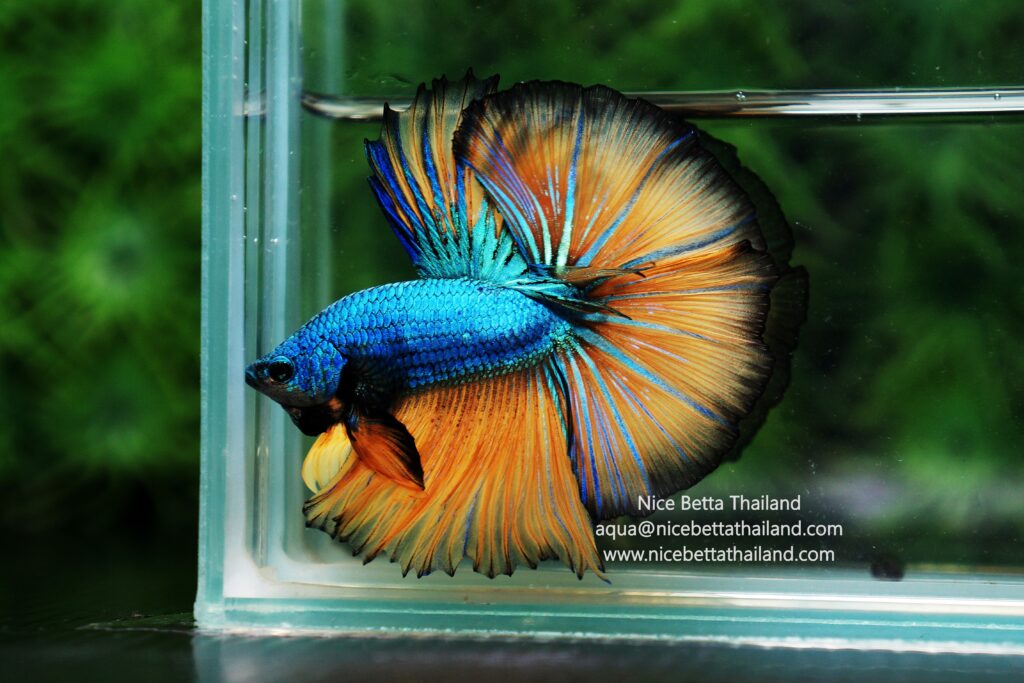
PENICLLIN, AMPICILLAN
USE: Belonging to the group of beta-lactam antibiotics, ampicillin is able to penetrate Gram-positive and some Gram-negative bacteria.
Even though this a commonly used antibiotic family in humans and other warm blooded animals, this is a family of antibiotics that has shown to be generally useless in fish. About the only effectiveness comes in the treatment of some fungal eye infections. All medications, antimicrobials, antibiotics, chemotherapeutics work differently in differently in different organisms, even if the processes are similar. An example I often use is for Quinine Sulfate; this is a generally safe and effective treatment for fish, but not at all for invertebrates.
ISONIAZID 300 mg:
USE: Treatment for tuberculosis (Symptoms: the fish have been sick for several months. The fish is lethargic, anorexic, has fin or scale loss and a sunken stomach) in susceptible fish such as Discus. Can be combined with Kanamycin.
This is a difficult disease to treat (in fact nearly impossible), as treatment can go on for more than a month.
Also note that this is caused by a very similar bacterium in human TB, but is not the same, and the only danger to humans is to a open wound exposed to the bacterium, which then only causes a localized rash.
DOSAGE: 1 tablet per 20 gallons, every other day for 14- 30 days
METHYLENE BLUE (Zinc Free) 2.303%
USE: Fungus on eggs, Ich, fungus and some bacteria. Effective in gill disease. Transports oxygen. Some protozoa, sliminess of the skin and oodinium. Great for use as a 30-minute dip at double dose.
Great when used as a dip for topical treatment of parasites, bacterial, and fungal infections. When dylox is not available, this can a useful treatment for anchor worm (especially in goldfish); first carefully remove the anchor worm with tweezers, then dip the affected fish in Methylene blue. When used with a UV sterilizer to kill the swimming stage of the female anchor worm (the female is the parasite), this can be an effective treatment. (Tank can also be treated with Malachite green or malachite green combination during this time for improved effectiveness).
Also useful as a dip for ammonia and nitrite poisoning.
DOSAGE: 1 teaspoon of a 2.303% solution per 10 gallons every other day for 10 days with water changes before each treatment. BEST USED IN A HOSPITAL TANK. Methylene blue can destroy nitrifying bacteria and plants in the display aquarium.
ACRIFLAVIN HYDROCHLORIDE 3.84% solution:
USE: An antiseptic agent for the skin and mucous membranes. It is known to inhibit mitochondriogenesis. Generally used treatment of mild bacterial and fungal infections such as mouth fungus, fin and tail rot, fungus, saproglenia; skin parasites such as oodinium (velvet), sliminess of skin, and ich (although a very mild treatment for ich, FW or SW)
DOSAGE: 1 teaspoon of a 3.84% solution per 10 gallons every other day for 10 days. Combines well with copper sulfate and malachite green.
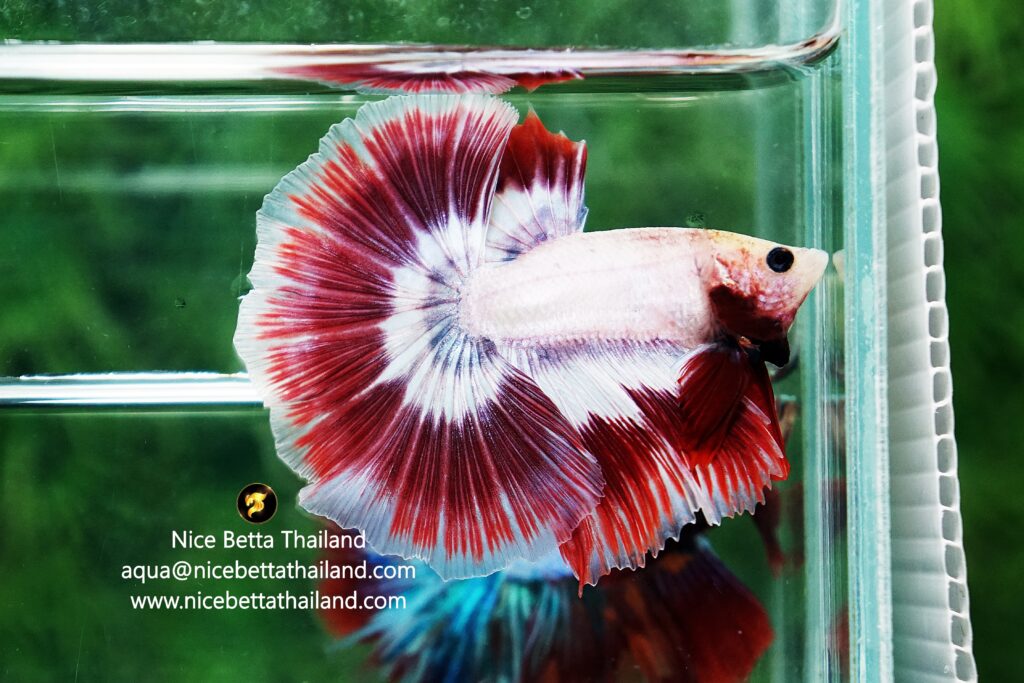
MALACHITE GREEN
USE: For treatment and control of various external parasites of freshwater and marine fishes. When used as directed the medication will control or prevent the following common protozoan parasites:
*Ichthyophthinus (freshwater Ich) exhibited as fine “salt like” white spots that usually first appear on the fins.
*Costia (Ichthyobodo). Not to be confused with ich, is a parasite that can live dormant on healthy fish (primarily their gills), then under certain conditions (poor water conditions, stress, ECT), reproduce rapidly. Symptoms of an outbreak include Heavy and labored “breathing” flashing and rubbing, skin cloudiness caused by excess mucus.
*Chilodonella, *Ambiphyra, *Cryptocaryon (marine Ich), *Epistylis, *Oodinium and Trichodina, *Plistophora (best combined with formalin at 1/2 strength)
Malachite Green is also effective against common external fungal infections of fishes and eggs which include Achlya and Saprolegnia.
DOSAGE: 1 teaspoon of a 0.038% solution per 10 gallons every other day for 10-14 days. Or 1 drop of .50% solution per gallon every other day for 10- 14 days. 25% water changes are recommended before each dose. Use half dose for scale-less and delicate fish such as Clown Loaches and Neon Tetras. Double dose for marine aquariums.
Note; malachite green is more toxic at higher ph.
Can be combined with Formalin or Acriflavin.
But two excellent products with malachite green are:
ParaGuard and Quick Cure
FORMALIN (3% formaldehyde):
USE: For treatment and control of the diseases caused by fungi, protozoan and monogenetic trematodes of freshwater and marine aquarium fishes. Formalin will control or help prevent diseases of fishes caused by the following disease organisms: *Ichthyophthirius (freshwater “ich”), *Costia (Ichthyobodo), *Chilodonella, *Ambiphyra, *Cryptocaryon (marine “ich”), *Epistylis, *Oodinium, *Amyloodinium, and *Trichodina.
DOSAGE: 1 teaspoon of a 3% solution per 10 gallons every other day for 10 days. Combines well with malachite green.
Formalin can deplete oxygen in an aquarium, so consider adding an air stone or a power head with an air diffuser.
COPPER SULFATE (& Other Copper Products):
USE: For treatment freshwater and marine ich, Oodinium, external parasites, fungus and even algae. Very effective when used properly and carefully.
DOSAGE: Treat according to your solution to bring your copper level to .15 -.25 ppm.
Sequestered Copper (often called chelated, but that is incorrect, chelated means inactivated) sulfate works best (citric acid help achieve this). Soluble copper salts work well in freshwater only. Do use with snails and other invertebrates, do not use in reef aquariums, and note; when uses as an algaecide, the copper is absorbed by the algae then released when it dies. Removal of sequestered copper can be difficult, only EDTA (Ethylene Diamine Tetra Acidic Acid) and water changes remove it, NOT carbon.
The advantage of this stabilized form of copper is generally only one treatment is necessary.
Mardel Copper Safe is a good example of this type of copper treatment
Ionic Copper as in SeaChem Cupramine is the safest copper formula and the easiest to extract from an aquarium once treatment is finished
For an effective treatment for ich, fungus, and especially Velvet, Medicated Wonder Shells are extremely for Velvet in particular as they have three of the most effective ingredients for the treatment of Velvet; Copper Sulfate, Acriflavin, & Methylene Blue. They also add electrolytes and calcium, essential for proper healing.
ORGANIC MEDICATIONS:
There are three organic or “homeopathic” treatments that I have used with some success but limited for now;
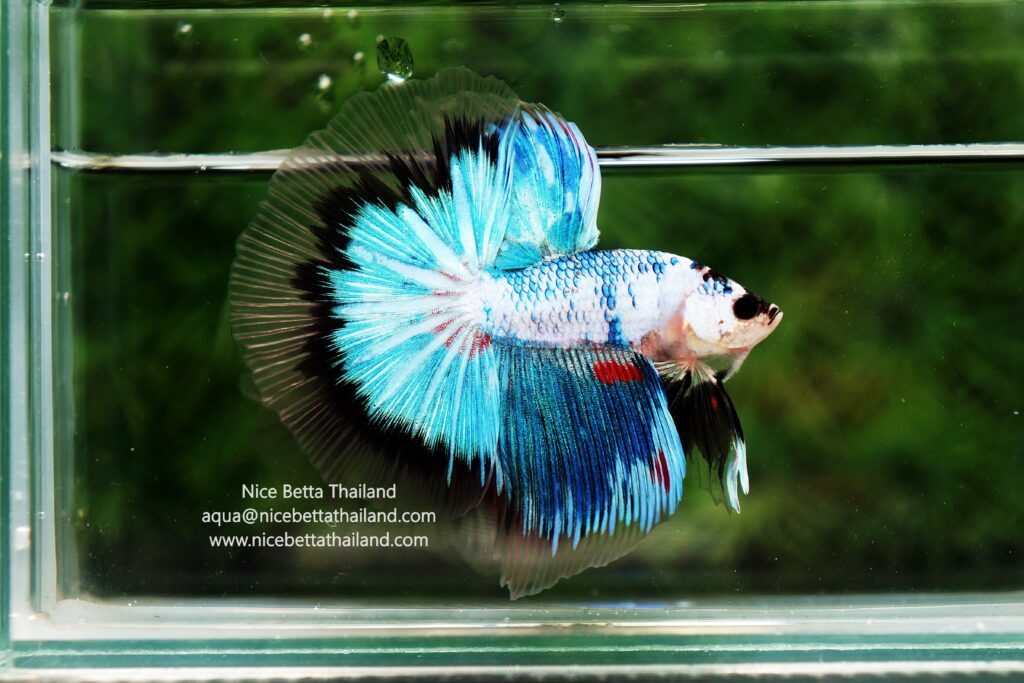
PIMENTA EXTRACT (PIMAFIX)
USE: Pimenta extract is effective for a broad range of bacterial and fungal diseases that typically afflict fish and other aquatic animals. Fish diseases that may be treated in accordance with this include bacterial fish diseases, such as fin and tail rot, mouth fungus (often caused by the bacterium Flavobacterium columnaris); fungal fish diseases (such as those caused by microorganisms of the genera Saprolegnia and Achyle) and the like.
Pimenta Extract has shown to be more effective against gram negative bacterial infections which are more common in aquatic infections. This generally makes Pimafix a better choice over Melafix, although they can be combined.
DOSAGE: Refer to Pimafix instructions
USNEA LICHEN
USE; Usnea is a lichen of the family Parmeliaceae that grows in damp temperate woodlands.
I have found it effective for bacterial (gram positive and gram negative), fungal and even parasites such ich. This remedy is still in the testing phase, but early results are promising. The Usnea Lichen is proving to be the most effective natural remedy early in my testing
This lichen is boiled like a tea then added to the aquarium.
DOSAGE: None established yet. I boil one small sprig in 6 oz. of water and add this to every 10-20 gallons of water every day until cure is effective +2 days
FOR MUCH MORE UP TO DATE INFORMATION ABOUT USNEA (which has shown promise in lab and aquatics test for Lymphocystis, Mycobacterium tuberculosis, and some parasites), as well as where to obtain Usnea, please click below:
AQUARIUM MEDICATIONS; USNEA
MELALUCA TEA (MELAFIX)
USE: Repairs damaged fins, ulcers, and open wounds.
Promotes re growth of damaged tissue and fins.
Basically Melafix should be used as you would an antiseptic such as Bactine in humans; as a topical first aid treatment, NOT for serious infections!
Melaluca tends to be more effective against gram positive bacteria, which are less common in aquatic diseases, making Melafix a lesser choice to Pimafix which is more effective against gram negative bacteria (however they can be combined)
DOSAGE: Refer to Melafix instructions
I would like to take the time to thank American Aquarium Products for taking the time to get me all this info and back it up with science and tests.
Also we have group talk about betta fish for sale and share any new tip take care information on Web3 socialFi group

Right now we have betta fish doctor help every bettas lover by top breeder in Thailand to cure or share more tip on Animalverse social
If your bettas fish sick or need tip to treat help or join event prize with AVC Token
Let’s join the group many top breeder will help to answers in betta fish community
More tip :
How to Keep a Betta Fish Alive for 4 Years
15 Common Betta Fish Diseases Prevention and Treatment
How to Keep a Betta Fish Alive for 4 Years
The most expensive betta fish in the world.
All of Betta Fish A Guide on Patterns, Color in the world


